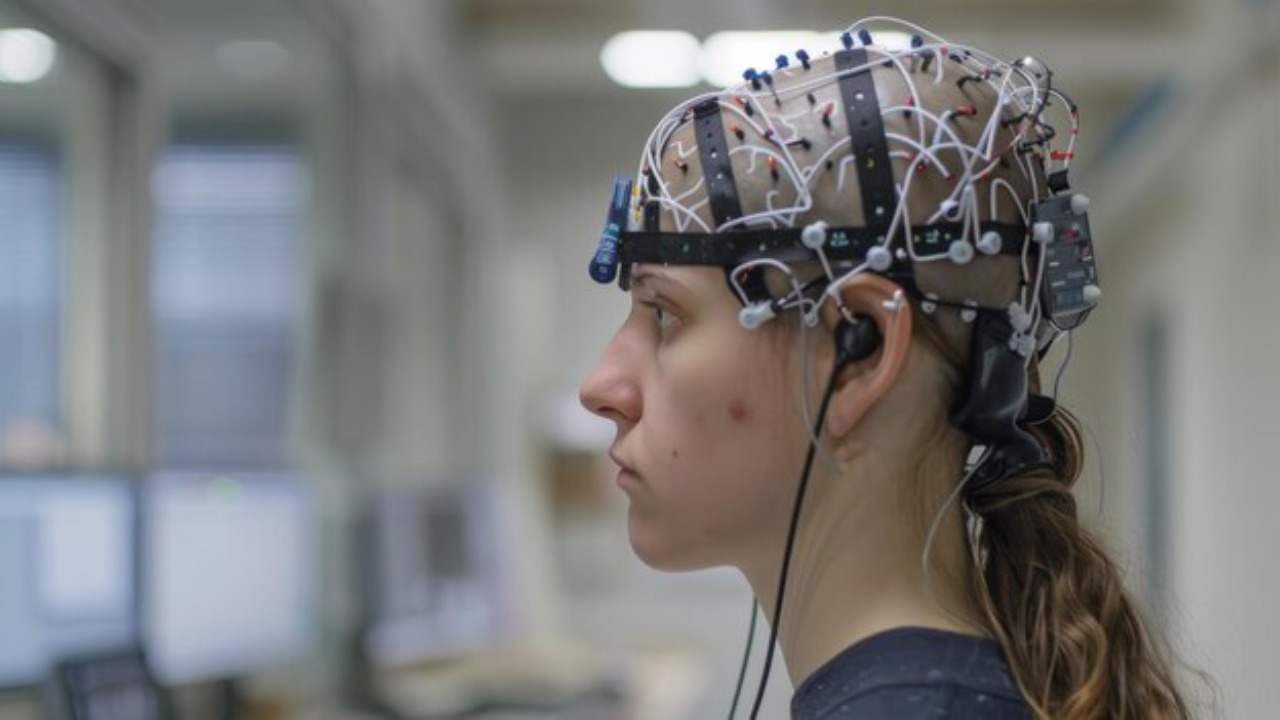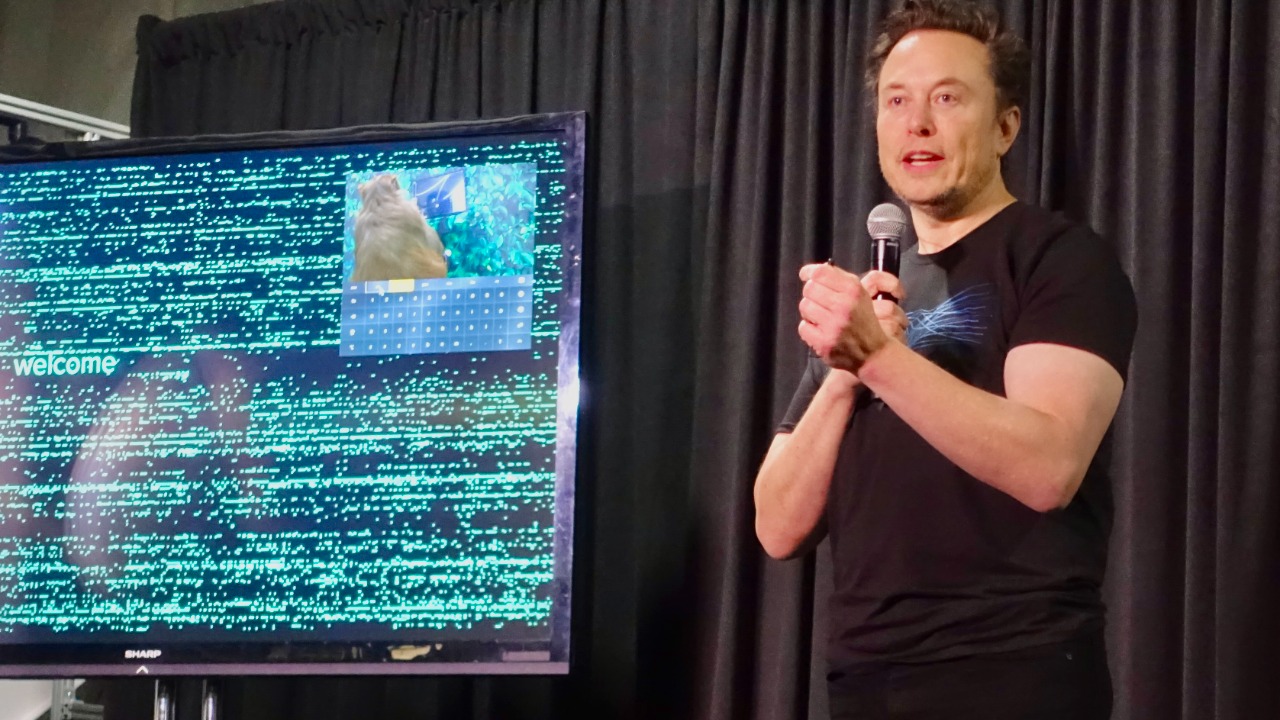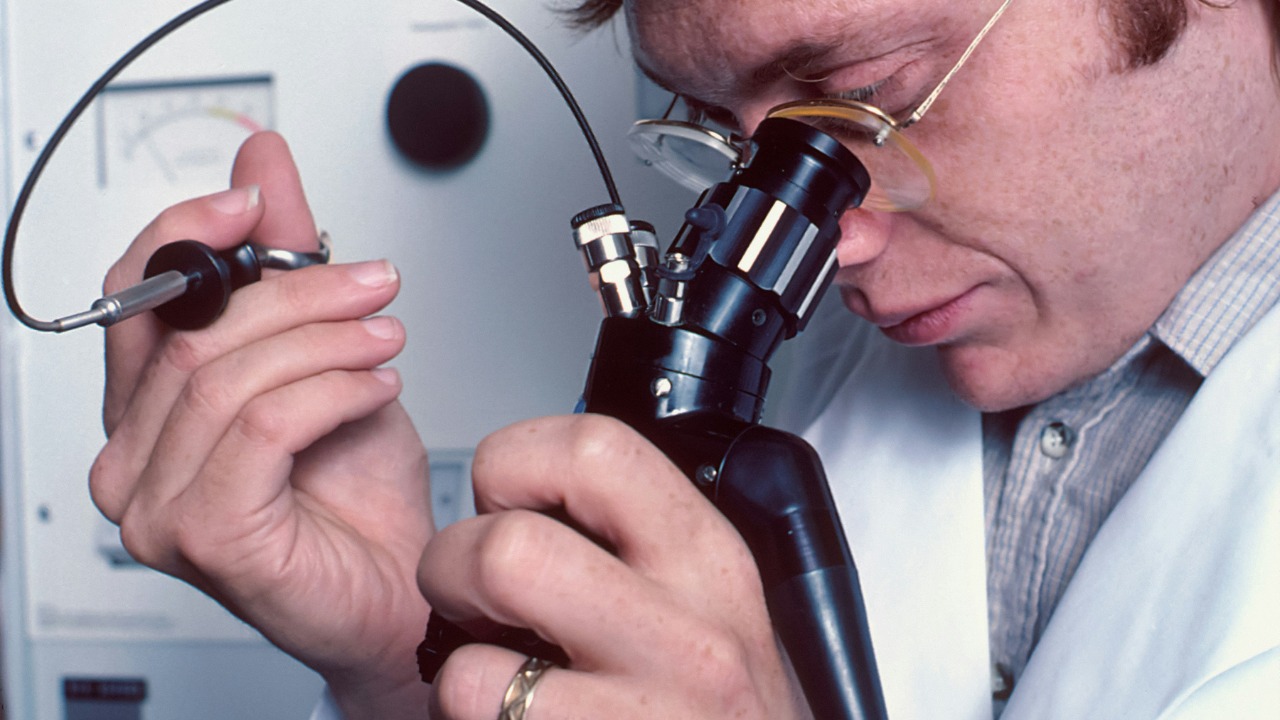
Revolutionary advancements in technology are increasingly becoming instrumental in medical breakthroughs. The latest development in this realm is a tech implant that restores sight to the blind, opening up a whole new world of possibilities. This piece explores the workings of this groundbreaking innovation, its impact on society, and the science that underpins it.
Understanding the Science Behind the Technology

The science that underpins this revolutionary tech implant is truly awe-inspiring. The implant works by bypassing the damaged photoreceptors in the eyes that are often responsible for blindness. It captures visual information through a camera fitted on a pair of glasses, which is then processed and sent to the implant. This implant, in turn, stimulates the optic nerve, sending the information to the brain to be interpreted as vision.
This remarkable technology has been developed by none other than Neuralink Corporation, a neurotechnology company founded by Elon Musk. The company is known for its innovative approach to developing high-bandwidth brain-machine interfaces. The development of this vision-restoring implant is a testament to their commitment to addressing some of the most pressing challenges in the field of health and vision.
Testing and Implementation

The initial testing of the device has shown promising results. The implant has been successfully tested on animals and has even begun human trials. The participants reported being able to perceive light and shapes, a significant improvement from total blindness.
Due to its potential benefits, the device has been granted a breakthrough device designation by the FDA. This designation is intended to expedite the development and review process for medical devices that could provide more effective treatment or diagnosis for life-threatening or irreversibly debilitating diseases.
The Experience: From Darkness to Light

For those who have experienced restored vision through this implant, the impact has been life-changing. One such individual is a blind teacher who, with the help of the implant, was able to see letters again. The joy and awe of being able to perceive light and shapes after a long period of darkness is indescribable.
The implant has not just restored sight, it has opened up a whole new world of possibilities for those who were previously bound by their visual impairment. Whether it’s reading a book, recognizing faces, or simply navigating their surroundings with ease, the benefits of this technology extend into every aspect of their daily lives.
Challenges and Limitations

Despite its promise, the implementation of this technology is not without challenges. The surgical procedure for implanting the device is complex, requiring precise placement and calibration to ensure optimal functionality. Additionally, the technology relies heavily on the patient’s existing neural pathways, which can be damaged or degraded in some forms of blindness.
While the current technology has shown significant potential, there are areas for improvement. For instance, the resolution of the vision provided by the device is still far from perfect. However, with ongoing research and development, these limitations could be overcome, leading to even more refined versions of the implant in the future.
Implications for the Future

The development of this implant has far-reaching implications for the future of bioelectronic medicine. Beyond restoring vision, similar technology could be used to address a range of neurological disorders and sensory impairments. For instance, research is already underway to develop implants that could restore hearing or alleviate the symptoms of Parkinson’s disease.
Neuralink Corporation, with its innovative approach to neurotechnology, is poised to play a significant role in this future. Their vision extends beyond the current device, with plans to develop a range of brain-machine interfaces that could transform the treatment of a variety of conditions.
Societal Impact and Ethical Considerations

The widespread adoption of such technology could bring about significant societal changes. It could pave the way for a world where visual impairment is no longer a barrier to leading a full and active life. However, this also raises important ethical considerations. For instance, concerns about accessibility and who gets to benefit from such technology are paramount.
Furthermore, as we delve deeper into the realm of neurotechnology, questions about privacy, consent, and the potential for misuse arise. As we move forward, it will be important to navigate these ethical considerations carefully, ensuring that the benefits of this technology are realized while mitigating potential risks.
Despite these challenges, the development of this tech implant represents a significant stride forward in the field of bioelectronic medicine. It’s a testament to the power of innovation, offering a glimpse into a future where the limitations of the human body can be overcome through the power of technology. The world is watching as we step into this brave new era.